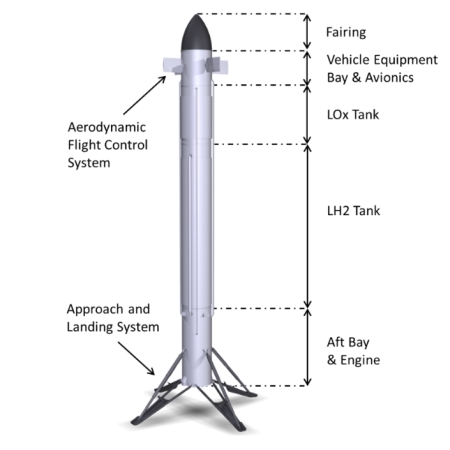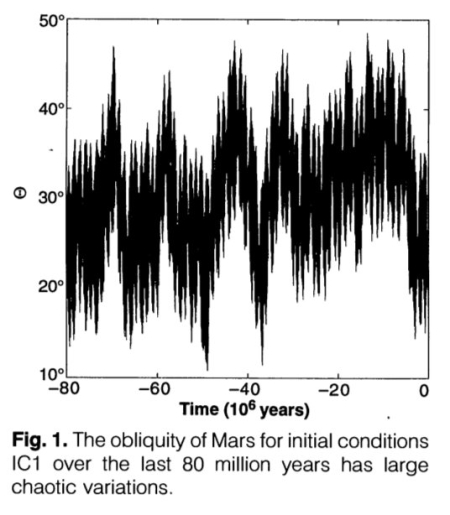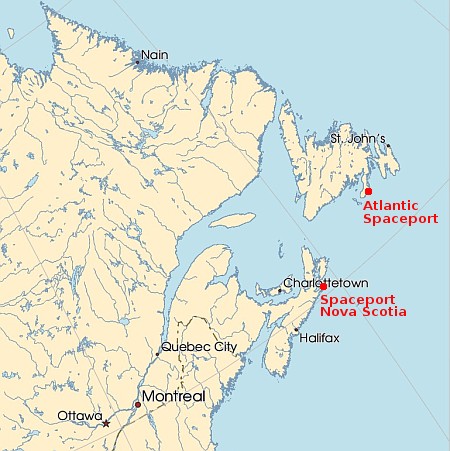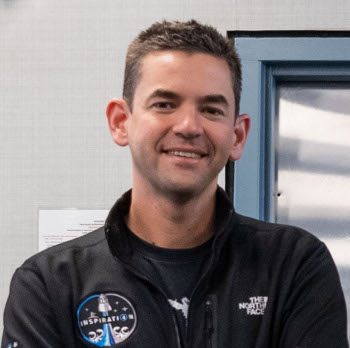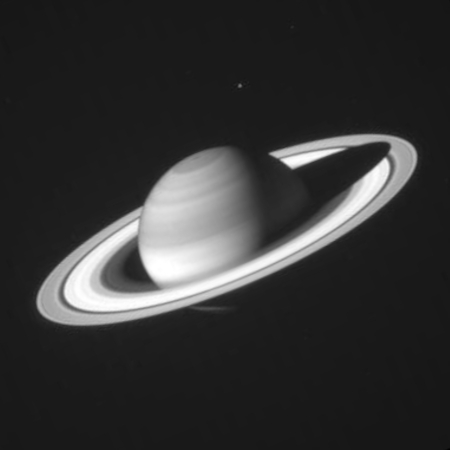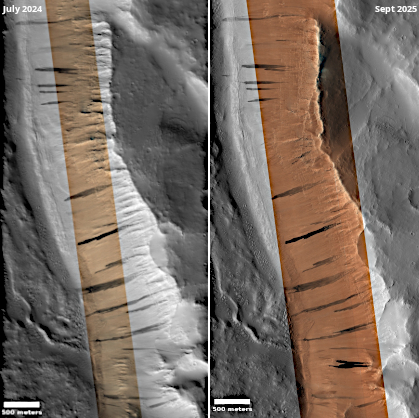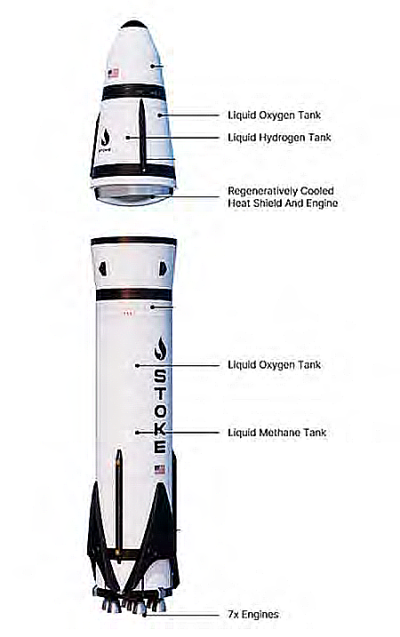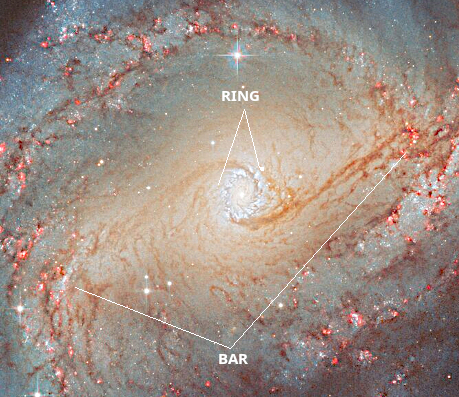Another round of layoffs at JPL
The management at the Jet Propulsion Lab (JPL) in California today announced it will be laying off 550 people this week, about 11% of its work force.
As part of this effort, JPL is undergoing a realignment of its workforce, including a reduction in staff. This reduction — part of a reorganization that began in July and not related to the current government shutdown — will affect approximately 550 of our colleagues across technical, business, and support areas. Employees will be notified of their status on Tuesday, Oct. 14.
As the statement makes clear, this reduction is unrelated to the government shutdown, and is also mostly unrelated directly to the 24% budget cut the Trump administration wishes to impose on NASA. JPL has had major management issues in the last few years, including two previous rounds of layoffs of similar amounts. Much of these budget issues stem from the cancellation by NASA of the Mars sample return mission, which JPL was to play a major part. That money is gone, and even if the mission is resurrected, JPL is almost certainly not going to play a major part.
The management at the Jet Propulsion Lab (JPL) in California today announced it will be laying off 550 people this week, about 11% of its work force.
As part of this effort, JPL is undergoing a realignment of its workforce, including a reduction in staff. This reduction — part of a reorganization that began in July and not related to the current government shutdown — will affect approximately 550 of our colleagues across technical, business, and support areas. Employees will be notified of their status on Tuesday, Oct. 14.
As the statement makes clear, this reduction is unrelated to the government shutdown, and is also mostly unrelated directly to the 24% budget cut the Trump administration wishes to impose on NASA. JPL has had major management issues in the last few years, including two previous rounds of layoffs of similar amounts. Much of these budget issues stem from the cancellation by NASA of the Mars sample return mission, which JPL was to play a major part. That money is gone, and even if the mission is resurrected, JPL is almost certainly not going to play a major part.

